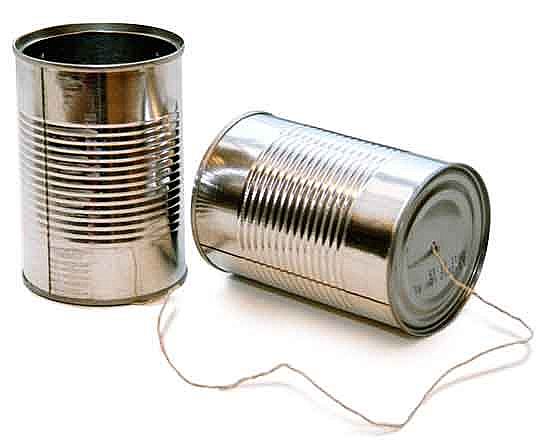- Factors of Circular motion
- Tangential motion
- Linear speed of something moving in a circle
- How fast an object with a circular path is moving
- Usually measured in m/s or km/h
- Rotational Speed
- Also called angular speed
- Evaluates the number of full revolutions an object does over a period of time
- On a line from the center of a circle to a point on the outside, all objects on the line will have the same rotational speed
- If you begin at the center of a table and crawl outwards as it spins the rotational speed will remain the same
- Tangential speed is directly proportional to rotational speed at any fixed distance from the axis of rotation
- Examples
- 2 kids are on a merry go round. One is on the outside and one is on the inside. The one on the outside will have a greater tangential velocity but they both will have the same rotational velocity. This is because the make the same rotations in a period of time but the one on the outside will cover a much greater distance.
- 2 gears. One large and one small. They will both move one tick at a time, but since one tick is the same distance they will move at the same speed. On the other hand the smaller one will have a greater rotational velocity because it may have 10 ticks and the other has 30. So they move at the same tangential speed but the small one will make 3 full revolutions as the big one makes one.

B. Rotational Inertia
- The property of an object to resist changes in its rotational state of motion
- Greater rotational inertia makes it much harder for it to fall or rotate over
- Something rotating will continue rotation while something not rotating will remain at rest
- Dependent on mass
- More specifically mass distribution
- The further the mass is from the axis of rotation the greater the rotational inertia will be making it harder for the object to rotate
- Tightrope walkers use long poles to take advantage of this
- The pole has a great rotational inertia and the longer the pole the harder it would be for them to rotate

- An object with a high rotational inertia is harder to get sped up, but once they begin rotating they have a tendency to continue rotating
- A long baseball bat is much harder to swing but it will continue to rotate once it begins to rotate
- A ring will lose to a solid marble regardless of their mass because a hoop has a great rotational inertia
- It is much harder to get spinning
C. Conservation of Angular Momentum
- If no external net torque acts on a rotating system, the angular momentum of that system remains constant
- With the weights far away from the axis of rotation he moves at a slow speed but when he pulls the weights in close to him, he speeds up
- Though he goes much faster the angular momentum remains the same
- If he were to put the weights back out, he'd slow down again
- Pulling the weights in makes him easier to spin because
- Similarly, a diver in the air
- While flipping divers will sometimes "tuck"
- Brings legs in towards chest and curls up with a "cannonball"
- Allows you to rotate much faster because you decrease your rotational inertia
- As he goes up he will go slow
- As he tucks, his rotational speed will increase
- As he leaves the tuck, his rotational speed will go back down
- Throughout the entire flip his angular momentum remained the same
D. Torque
- Rotational counterpart of force
- Torque causes a rotation or twist of an object
- Defined as torque= lever arm x force
- Lever arm is the part of the system that provides leverage
- The shortest distance between the applied force
- Torque is directly proportional to both lever arm and force
- The ratio of effect lever arm an force have on torque is 1:1
- They have equal effects on torque
- 2 children on a seesaw
- One is twice the force as the other
- The smaller one will need a bigger lever arm so must be further from the center of the seesaw
E. Center of Mass/Gravity
- Center of Mass
- CM
- The average position of all the mass that makes up an object
- A symmetrical object will have its center of mass directly in the center
- An irregular object will have its center of mass closer to the bigger side
- The center of mass doesn't have to touch the object at all
- Center of Gravity
- CG
- Same as CM since mass and weight are proportional
- The center of mass cannot go beyond the base of support or the object will rotate/fall over
- This is why athletes are told to crouch and bend their knees.
- Much harder for them to fall over
- Much harder for them to get knocked over
F. Centripetal/Centrifugal Force
- Centripertal
- Center seeking
- Pulls inward toward the center of a circle
- Tin can whirling on a string, you must keep pulling the string

- String omits the centripetal force
- Centripetal force depends on the mass of the object
- Also depends on tangential speed and radius of the circle
- Centrifugal Force
- Center fleeing
- Not real
- NEVER THE ANSWER
- NOT WHAT CAUSES YOU TO KEEP GOING STRAIGHT IN A TURNING CAR
- Turning car is by properties of inertia
- Nothing made you stop, so you continued going straight
No comments:
Post a Comment